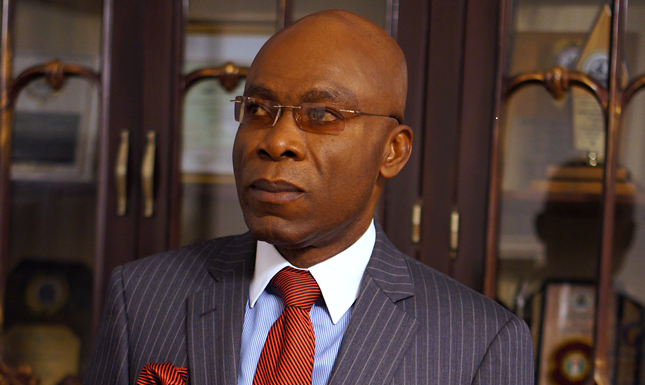The Common Sense, The Understanding and The Spirituality in Bootstrapping

More startups are beginning to explore for alternative funding sources, like crowdfunding and revenue-based finance, to help them expand. Because of the failure of many enterprises caused by the misalignment of entrepreneurs and investors, African startups must carefully select the sources of their funding. While early-stage startups are confused about how and when to raise funding, and how much to raise, bootstrapping offers a way out.
Bootstrapping—growing a business without outside investment—requires some tenacity and thrift, but it can produce spectacular outcomes. For founders who want to keep a stronger hold on their business, bootstrapping can be advantageous. As a result of prioritizing what is crucial for their company’s survival, founders have said that bootstrapping has helped them become more focused and resourceful.
There are many idioms in the English language that make no sense either in context or out of it. The best illustration that comes to mind is “Pull yourself up by your bootstraps.” This statement is meaningless in both literal and figurative senses.
It is thought to have originated from a story by German writer Rudolf Erich Raspe about a character who dug himself out of a marsh using his own hair. Even if it seems awful, there is a kind cartoon logic to it. That’s presumably why the expression changed to refer to bootstraps instead of hair and persisted over the years. Now we get to refer to startups self-funding themselves to the top as ‘Bootstrapped.’

“You must have 40% common sense, 40% understanding of the business you want to accomplish, and because it is Nigeria, you should have 20% spirituality,” Chairman of Zinox Group, Leo Stan Ekeh said. Regardless, it’s critical that both investors and founders keep their attention on the things that really matter: revenue, profit, and long-term growth.
The Common Sense in Bootstrapping
Bootstrapping is not a quick fix for the success of a startup, and neither is funding. While it’s true that some firms require outside funding to drive their expansion, certain businesses can succeed using only their own resources. Entrepreneurs must carefully consider whether they require finance to realize their goals. They must remember, too, that they will need to invest time and persevere in expanding the firm in either scenario.
Surpassing the seed fund hurdle requires common sense. The founder must first provide answers to certain necessary questions:
- Without finance, is growth possible? If so, how much; where you would put the money and how much you would earn back?
- Can funding help you accelerate your growth?
- Are financial constraints preventing you from expanding?
Seed Fund: A Necessary Hurdle for Startups
You wouldn’t want to prematurely reduce your stake if you are incredibly sure in your notion. So, keep going and keep growing as long as you can. Investors understand value and know how to invest in the most valuable startups. The fact that you bootstrapped for such a long time later on as a true testament to your belief in your concept.
Understanding in Bootstrapping
Your top priorities should be giving your customers; they deserve the best experience possible. Build value for everyone in your ecosystem, including partners, staff, and vendors. If you want to build a strong basis for long-term success, never compromise on adding value only to boost superficial valuation.
Understanding your business ecosystem brings success. But do not make the mistake of understanding to please investors, understand to please customers; they are your real heroes.
Many startups that have been unwillingly bootstrapped make the error of tailoring their operations to what they think investors would find appealing. In order to impress possible investors, they veer off course from their fundamental mission and concentrate on analytics. This might be deadly. Any startup, whether it be bootstrapped or not, cannot afford to lose focus. Understand who your main heroes are. You know what? Let’s just refer to the customers as ‘heroes’ for the remainder of this.
Your initial group of heroes are your marketers. Give them as much respect as you’ll give Thor or Captain America or the guy that gave his life at the end of the 4th Avengers’ movie. Respect them, talk to them, and take notes on what they have to say so you can keep getting better. Every startup experiences a growth phase during which time new heroes are acquired daily. Observing closely will help you understand that your foremost heroes brought in the new band.
The Spirituality
Find that innovative idea, get your pitch deck ready, get into action. This is the classical roadmap. What if it doesn’t work for you? Maybe we’ll put that in prayer.
Even when a lot of chance played a part in a successful outcome, it’s human nature to want to claim the glory. Not that those founders lacked competence; there’s a decent chance they made a lot of very good business decisions, after all. But where does Leo Stan Ekeh’s 20% spirituality come in?
Bootstrapping is as risky as crowdfunding and investor funding. Pulling yourself up by your bootstraps may fail, in my opinion, that is where you need luck or spirituality. Nobody, at least not completely, arrives where they do in life on their own. Not just the people around them, but also the resources available, geography and policies made also affects them. If all these factors play in your favour, count that as your 20% luck.
